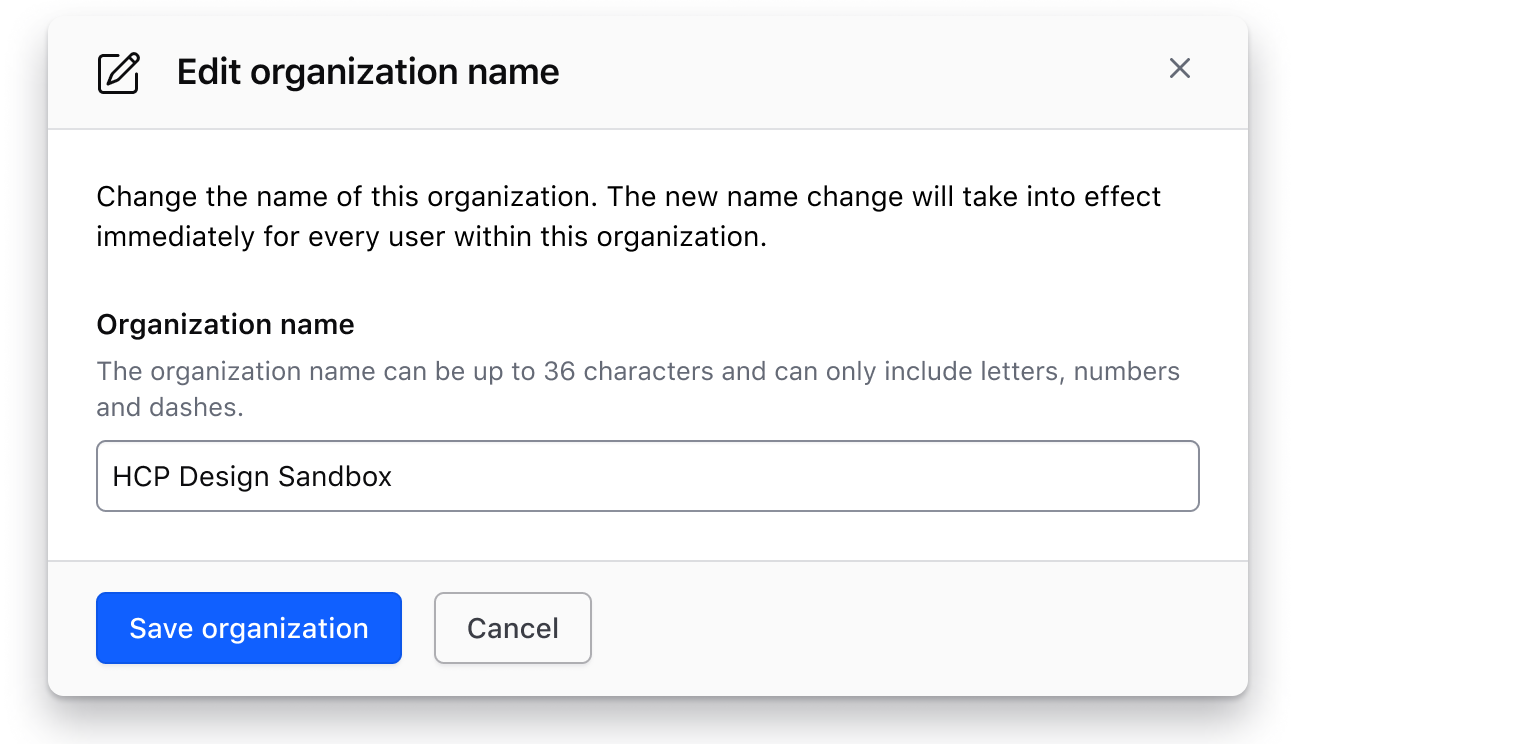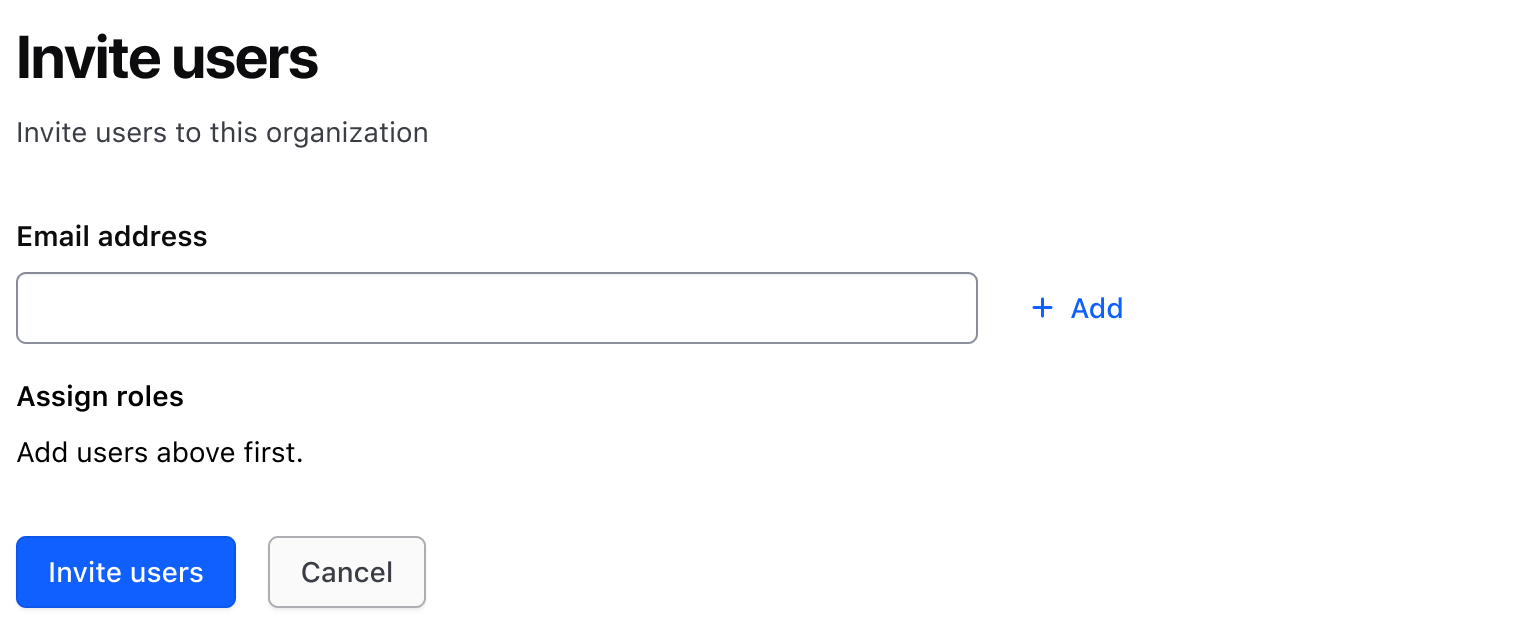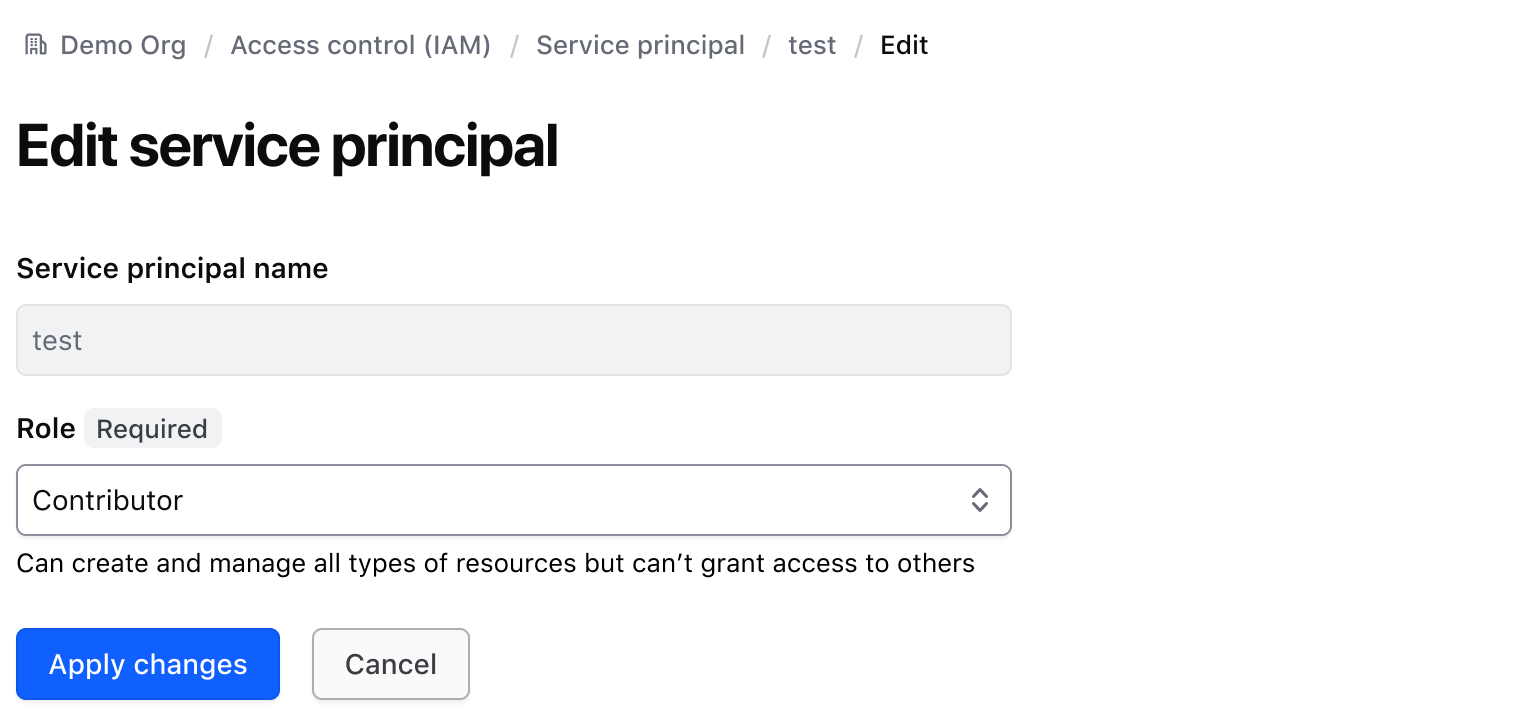Generally, HashiCorp follows the 2020 AP Stylebook rules and guidelines, unless HashiCorp specific style is indicated.
Capitalization
Headings and labels
Use sentence case for titles, headings, labels, links, and buttons. Use title case for proper nouns and when referring to products (e.g., Nomad).






Feature names
Avoid capitalizing feature names or internal constructs as proper nouns.
Terraform Cloud includes a private module registry.
A plan represents the execution plan of a run.
Enable a Secrets Engine in Vault
We’ll use the Vault namespaces feature.
Terraform Cloud includes a Private Module Registry.
A Plan represents the execution plan of a Run.
Enable a secrets engine in Vault
We’ll use the Vault Namespaces feature.
Capitalization for direction
When referring to specific UI elements or sections within the application, use the same capitalization of the element itself.
You can set up module sharing from the Site Administration area of a Terraform Enterprise instance. The Registry subsection allows an organization to be chosen to which your current organization’s private module registry will be shared.
Exceptions for feature names
The following terms should always use title case:
- Terraform Registry
- Terraform Stacks
- Raft Algorithm
- Vault Agent
- Vault Proxy
- Boundary Client Agent / Client Agent (when referring to the Boundary Client Agent)
- Terraform Plugin Framework
- Nomad Autoscaler
- The Infrastructure Cloud
- Infrastructure Lifecycle Management
- Security Lifecycle Management
Grammar
Use “you” for the user
Directly addressing the user as "you" conveys the content in a more personal and informal way.
Terraform Cloud’s API lets you create workspaces without a VCS connection.
Terraform Cloud’s API allows one to create workspaces without a VCS connection.
Use “we” for HashiCorp
Use “we” to describe recommendations by HashiCorp. Our language should never try to hedge or evade responsibility for the guidance we’re providing.
We recommend enabling SSO to…
It is a recommendation to enable SSO to…
Active voice
Use active voice whenever possible. An active voice is when we communicate a subject performs an action on an object, instead of the subject being acted upon:
Terraform has a provider framework to leverage this behavior.
We recommend configuring VCS access when first setting up an organization.
Terraform has a provider framework to leverage this behavior.
Next, Kubernetes will register the service.
To hook into this behavior, a provider framework has been built into Terraform.
It is recommended to configure VCS access when first setting up an organization.
To hook into this behavior, a provider framework has been built into Terraform.
Next, the service will be registered.
Use simple present tense
Don't avoid the imperative if you're telling someone to do something.
Run the command foo.
You will be running the command foo.
Uncommon acronyms
The first time an acronym or abbreviation is used, include the abbreviated word in parentheses. Subsequent mentions can use the acronym by itself. This does not apply to common acronyms like ID, IP, or API.
This will set the Subject Alternate Name (SAN) on the certification. The SAN is used to tell clients…
This will set the SAN on the certification. The SAN is used to tell clients…
Consistent terminology
Use a verb followed by a noun when labeling actions.
Common actions
When possible, add an icon to action labels. Typically, the icon should represent the action (verb), but sometimes, it can represent the object (noun).

Create and Delete
Use when a new entity is produced or destroyed in the system, e.g., "Create a project" or "Delete a project", where the project didn't exist before or will no longer exist.

Add and Remove
Use when a new relationship or dependency between existing objects is produced or destroyed, e.g., "Add a user" (to a project), "Remove a user" (from a project), where both the user and the project already existed and will continue to exist, but the relationship itself is established or dissolved.

Edit and View
Use when editing or viewing an entity, e.g. "Edit project" or "View project," where the project will be modified for accuracy or previewed for quality assurance.

This is missing the object (noun) the user is doing via the action (verb). What is the user going to "View"?

When editing an object, use "Save" for the action label. When applying another action, use an imperative, present-tense verb.



Punctuation
Serial/Oxford comma
Use the serial (“Oxford”) comma in lists.
Choose your cluster tier, size, and network.
Choose your cluster tier, size and network.
Exclamation points
Avoid using exclamation points. Only use it if you’re connecting with understood, strong reader emotion.
Achieving this centralization is a huge improvement in security posture, but it’s not the end of the journey. This is because applications don't keep secrets! It turns out, most applications do a worse job keeping secrets than our close friends.
We are excited to announce Vault 1.3!
Percentages
Use the % symbol instead of writing “percent,” e.g., “50%.”

Dashes
Use an en dash (–) to indicate a range or span of numbers.

Spelling
Use American English to help promote consistency across our products.
The system has canceled the process.
Users belong to an organization…
The system has cancelled the process.
Users belong to an organisation…